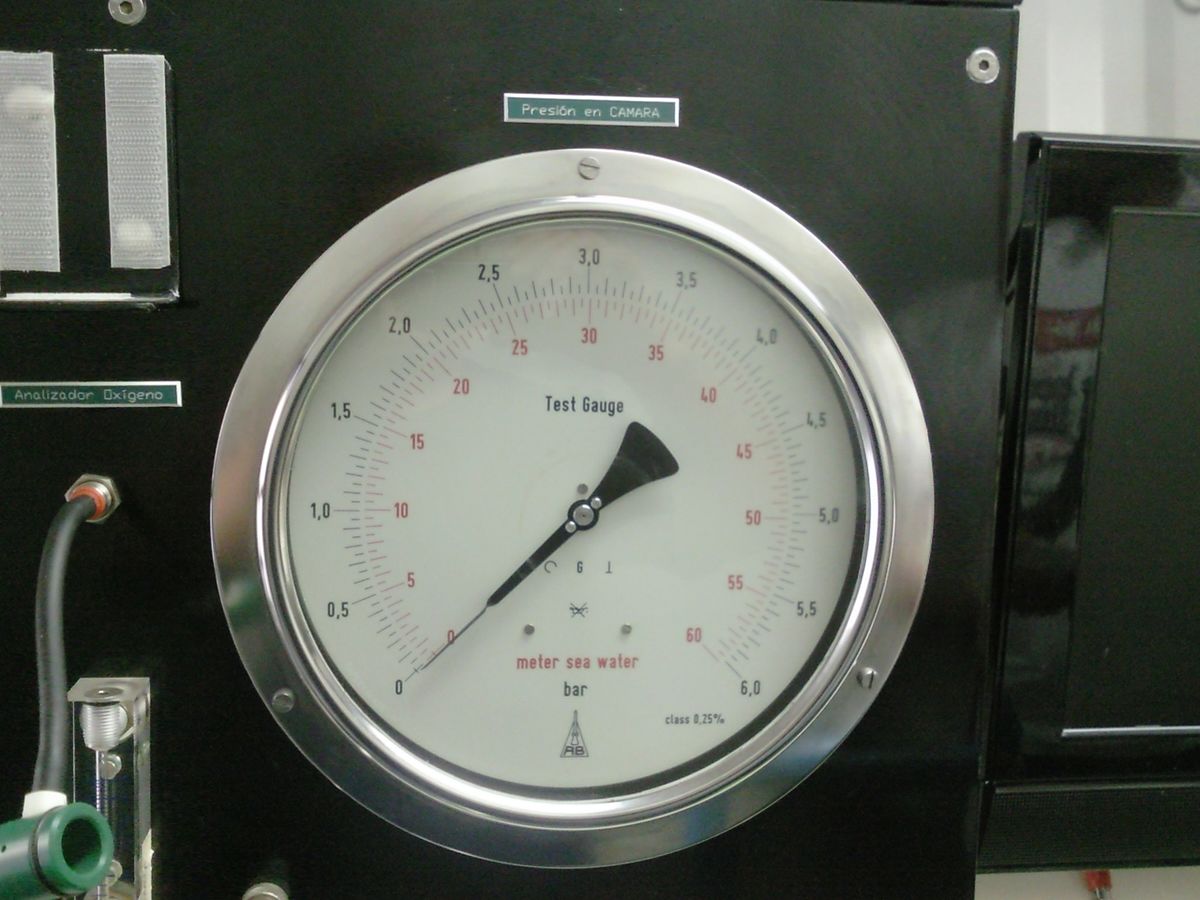Ok..... so even at the risk of getting flack from all the self proclaimed "gurus" on this forum......my opinion is that Nitrox (32%) training is a joke.
1) Set your computer to 32%
2) Go diving, breath in, breath out......repeat as needed.
3) Don't exceed the prescribed MOD (111ft)
4) Follow your computers directions for deco info and subsequent dives.
Viola!!!!!!! You are now a Nitrox diver!!
PS.... There is no need for any additional care or "cleaning" of your regs or tanks for 32%.
Sure am glad a real guru chimed in here





